Every year the International Solid Waste Association holds a world congress which sees experts, decision makers and visitors travel from across the globe to hear about the latest scientific developments in the field of the waste management.
The 2013 Annual Congress took place in ISWAs host city of Vienna, featuring three days of scientific presentations as well as study tours of nearby waste management facilities.
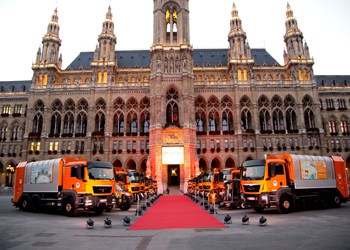
The citys waste collection and treatment service MA 48 also played a supportive role from arranging for the Rathaus to be available for the Gala Dinner together with a red carpet display of the full range of vehicles at the entrance through to access to all their waste treatment facilities for the study tours.
A wide range of topics were discussed at the 2013 event, from mistakes in waste management, to developments in the recycling and recovery of plastics as well as the role that landfill has to play in the future.
Opening with a provocative presentation Professor Paul Brunner, of the Technical University of Vienna, discussed the 10 biggest mistakes in waste management. He started with reference to the example of the 19th century English incinerators which offered both energy recovery and utilisation of the IBA for the manufacture of bricks but this technology was progressively abandoned even before the First World War.
Professor Brunner also reminded attendees about the real priorities and goals of waste management: protection of human health and the environment; resource conservation; and, no export of waste impacts over time. He noted that these priorities will change over time and space and therefore in developing economies the priority must be protection of human health and the environment. Therefore for disposal this means dumping away from households initially but then progressing to more engineered landfills.
The issue of the future of landfill was addressed by Heijo Scharff, a landfill consultant based in the Netherlands. He noted that in the EUs Environmental Action Programme that there is the ambition to virtually eliminate landfilling by 2020. Mr Scharff stated that in 1996 it was estimated that each person in developed Northern European economies consumed 80 tonnes of materials each year. In The Netherlands, which has one of the most highly developed waste recovery systems, only 0.1 tonnes per person per annum is currently being sent to landfill.
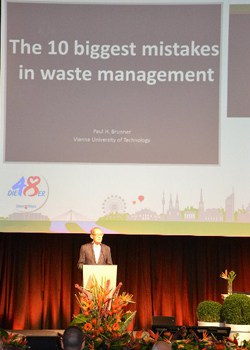
Mr Scharff noted that there were only two ways of dealing with this waste: dispersion or sinks, such as the sea, suitable for certain substances, such as salt, or landfill. Therefore, while a high proportion of construction and demolition (C&D) waste can be recovered for further use there are many hazardous materials, such as asbestos, for which the only logical final sink is landfill.
The Viennese way
An overall assessment of the recent history of Viennas waste collection and disposal system was provided by Rainer Kronberger, head of economic affairs at MA 48, at the ISWA General Assembly the day before the Congress started. The MA 48s 3,500 staff also provides street cleansing services and winter operations. The citys population of more than 1.7 million and its 900,000 households generate just over one million tpa of waste, approximately 600kg per person each year.
Over time the amount of waste landfilled has progressively declined so that it now amounts to just 7% of Viennas MSW, mainly residues from C&D waste residues and some hazardous waste. Materials reclamation accounts for 22% of waste generated plus an additional 9% of green waste composted so that 62% is subjected to energy recovery in the citys three EfW facilities in Flotzersteig, Spittelau and Pfaffenau.
Plastics recovery
In the session on materials recovery there were several presentations from PhD researchers in Austria, mainly focussing on the potential for the recovery of plastics through feedstock recycling, something which was of mainstream interest last in the 1970s. However, in the meantime there has been a dramatic increase in the global oil price and thus an increased potential for feedstock recycling to chemically reprocess plastics waste to plastics monomers which can then be chemically restructured into new plastics products.
There were two presentations from PhD students from the University of Leoben tacking this issue. Markus Bauer examined the preparation of post-consumer plastics for recycling in Austria through the evaluation of plastic containing wastes of different types. There were several potential waste streams that were available, especially plastics packaging waste.
Christiane Lederer, also a PhD researcher at the University of Loeben, is working on the issue of solvent-based depolymerisation of post-consumer plastics. She examined the various options to chemically process plastics in order to recombine the resultant streams into new polymers. There has been a wide range of options, including hydrogenation, gasification and pyrolysis based on different temperature and pressure parameters and with or without the aid of catalysts. Her research has led to the development of a multiple stage pyrolysis with the aid of solvents to decompose polymers to their more basic monomers.
Street cleansing
Also in this session was a much more basic but equally valuable processing practice, the recovery of materials from street cleansing operations. Paolo Bevilacqua, associate professor in the engineering of raw materials at the Faculty of Engineering of the University of Trieste showed how this waste stream could be processed to yield 70% of recovered materials. The technique is based on the process of soil washing used for the cleaning of certain types of contaminated soils. The technique for street cleansing wastes was introduced in 2004 and there are now nine plants in operation in Italy.
The average mix of materials in the street cleansing wastes handled by these plants is naturally skewed to inert materials plus a small fraction of ferrous materials, 0.1%, 10% of organic wastes and 7% classified as mixed. The washing process involves adding water at the ration of 1:7 wastes to water.
The process can provide an additional 5% of MSW recycling from size sorted sand and gravels for the average municipality, assuming that the municipality is not precluded from counting this into its recovery statistics.
Defining recycling
This issue of what constitutes recycling was the theme of a presentation by Andreas Bartl, associate professor at the University of Technology and Jeff Cooper. The EU Commission is currently reviewing targets for the Waste Framework Directive and several Directives but there are national differences as to what is counted as recycling, reuse or recovery. Therefore while The Netherlands, Denmark and Spain add the aggregates from IBA into their recycling MSW statistics the UK excludes these.
Plastics shredder residues from vehicles that are used in blast furnaces are classified as recycling in Germany but recovery in The Netherlands. There were many more examples that were illustrated in this paper and presentation and the presentation, together with many of the others, which are now accessible here.
 Special reports are sponsored by Ceris Burns International, a specialist communications agency for the cleaning, recycling, waste management, FM and healthcare industries Special reports are sponsored by Ceris Burns International, a specialist communications agency for the cleaning, recycling, waste management, FM and healthcare industries |
|---|





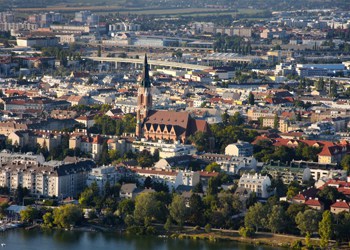
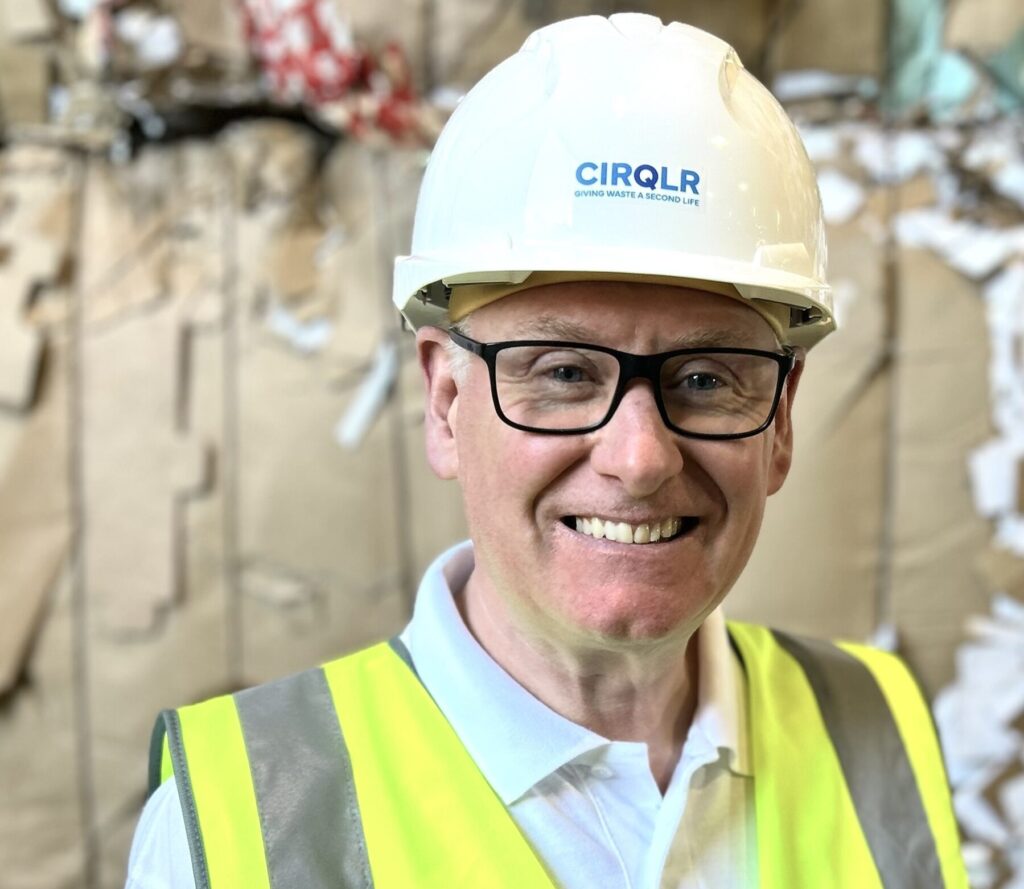

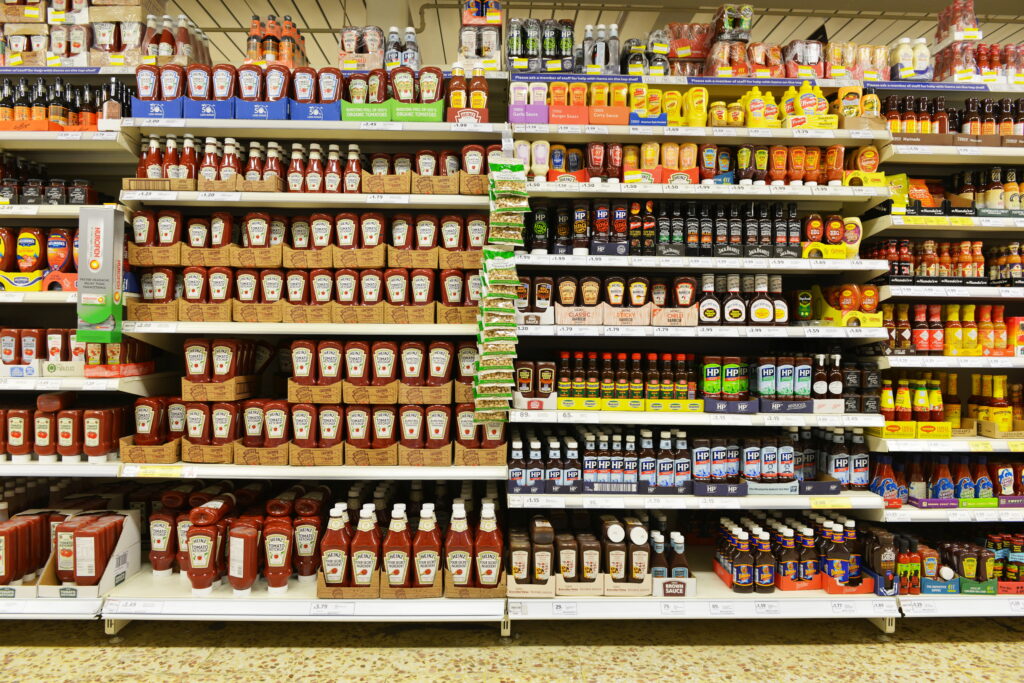
Subscribe for free